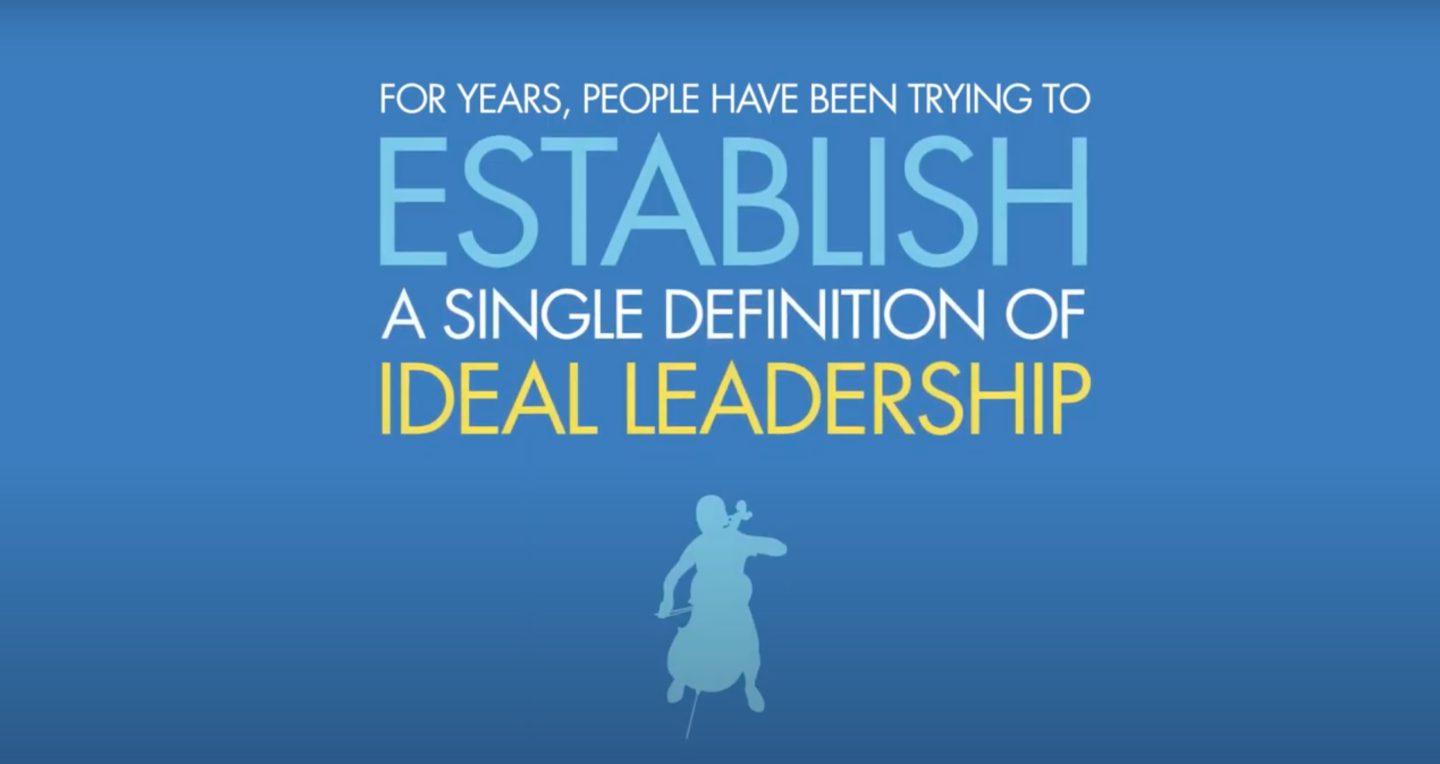How Do We Define Leadership?

At MRG, we define leadership as the capacity to create impact — not through authority or title or inherent traits, but through clarity, purpose, and connection. Leadership is the ability to align people around meaningful goals and empower them to deliver results that matter.
As Tricia Naddaff, MRG’s President, articulated in a recent episode of the OwlCast Podcast:
“Leadership isn’t about position or personality. It’s about how you influence outcomes, how you bring people together, and how you adapt to what’s needed in each moment.”
This definition challenges the idea that leadership is a fixed set of traits. Instead, leadership is dynamic — an active practice that shifts based on context, people, and purpose.
Why It Matters How We Define Leadership
Many organizations struggle to define leadership clearly. They describe good leaders as “visionary,” “strategic,” or “empathetic,” yet these words rarely explain what leadership looks like in action. Without a shared definition, leadership development becomes inconsistent, subjective, and often ineffective.
At MRG, our decades of research across cultures and industries show that effective leaders aren’t defined by personality—they’re defined by behavior. When you understand leadership as a set of observable, measurable behaviors, you can coach it, develop it, and build it across teams and organizations.
The Four Dimensions of Effective Leadership
While leadership is always contextual, MRG’s research and assessments consistently reveal four core dimensions that define effective leadership in any environment:
1. Self-Awareness
Leadership begins with understanding yourself — your motivations, strengths, and blind spots. Self-awareness provides the foundation for intentional leadership decisions rather than reactive ones. As Tricia often shares, “Without knowing what drives you, you’ll lead by accident instead of by design.”
2. Relational Influence
Leadership is inherently social. The ability to engage, communicate, and influence others defines how effectively a leader can move a group toward shared goals. Great leaders listen as much as they speak, adapt to the needs of their teams, and build trust through authenticity and consistency.
3. Results Orientation
True leadership turns vision into outcomes. Results-oriented leaders set clear expectations, establish accountability, and build habits that sustain high performance over time. They balance empathy with execution, creating focus and follow-through.
4. Contextual Agility
There is no single “right” way to lead. The most effective leaders adapt their approach based on the situation, people, and organizational culture. They understand that what works for one team, project, or market may not work for another — and they adjust accordingly.
A Research-Backed Approach to Defining Leadership
MRG’s leadership philosophy is grounded in data. Through tools like the Leadership Effectiveness Analysis™ (LEA) and Individual Directions Inventory™ (IDI), we’ve studied leadership behavior across more than 100 countries and thousands of organizations. This research consistently shows that leadership effectiveness is measurable — and very much can be developed and improved over time.
Our assessments help leaders and organizations:
- Identify the behavioral patterns that define their leadership impact
- Understand the internal motivations that shape how they show up for others
- Create individualized development plans grounded in real data, not assumptions
- Build organizational cultures that foster authentic, adaptable leadership
By defining leadership through behaviors and motivations, MRG equips leaders to make deliberate choices — to shift from acting out of habit to leading with intention.
Defining Leadership in Practice
Defining leadership isn’t just a theoretical exercise. It changes how organizations select, develop, and support leaders at every level. For example:
- Coaches use MRG’s frameworks to help clients translate self-awareness into action.
- Organizations use this definition to align leadership expectations with strategy and culture.
- Teams use it to create shared understanding and accountability.
When everyone operates from the same definition of leadership, development becomes focused, measurable, and scalable.
A Simpler, More Powerful Definition
So, how do we define leadership at MRG?
Leadership is the ability to influence and inspire others toward meaningful results, grounded in self-awareness and guided by context.
It’s not static. It’s not formulaic. And it’s certainly not about having all the answers. It’s about showing up intentionally — understanding yourself and others well enough to create alignment, engagement, and results.
As Tricia summarizes it best:
“Leadership isn’t about having control. It’s about creating the conditions for people to do their best work together.”